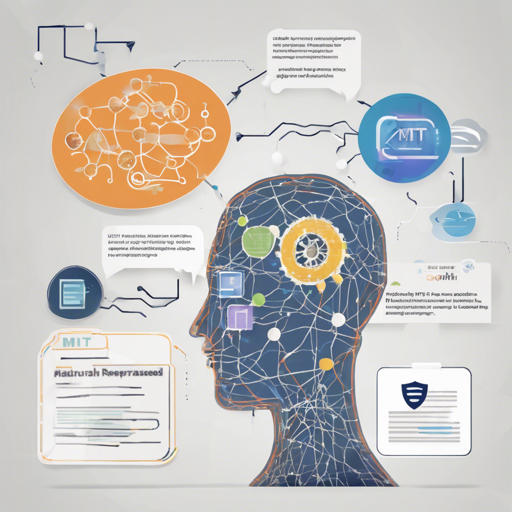In the realm of Natural Language Processing, paraphrasing is a vital skill, particularly when it comes to understanding user queries. Here, we’ll explore how to utilize a model specifically designed for the detection of paraphrased queries in Persian. Our primary tool will be the MT5 model tailored for Persian paraphrasing.
Setup Your Environment
Before diving into the code, ensure that you have Python installed on your machine along with the Transformers library. You can install it using pip if you haven’t already:
pip install transformersLoading the Model
We’ll work with the pre-trained model named persiannlp/mt5-large-parsinlu-qqp-query-paraphrasing. To load the model, execute the following code:
from transformers import MT5Config, MT5ForConditionalGeneration, MT5Tokenizer
model_name = "persiannlp/mt5-large-parsinlu-qqp-query-paraphrasing"
tokenizer = MT5Tokenizer.from_pretrained(model_name)
model = MT5ForConditionalGeneration.from_pretrained(model_name)
Running the Model
Now that the model is loaded, we can create a function to run paraphrase detection. Imagine this process as a detective gathering clues (the queries) to see if they match (are paraphrases) or not. Below is our detective function:
def run_model(q1, q2, **generator_args):
input_ids = tokenizer.encode(f"{q1} sep {q2}", return_tensors='pt')
res = model.generate(input_ids, **generator_args)
output = tokenizer.batch_decode(res, skip_special_tokens=True)
print(output)
return output
Detecting Paraphrased Queries
Let’s test our model with a few pairs of Persian queries. This is similar to presenting the detective with various suspects to identify similarities.
run_model("چه چیزی باعث پوکی استخوان می شود؟", "چه چیزی باعث مقاومت استخوان در برابر ضربه می شود؟")
run_model("من دارم به این فکر میکنم چرا ساعت هفت نمیشه؟", "چرا من ساده فکر میکردم به عشقت پابندی؟")
run_model("دعای کمیل در چه روزهایی خوانده می شود؟", "دعای جوشن کبیر در چه شبی خوانده می شود؟")
run_model("شناسنامه در چه سالی وارد ایران شد؟", "سیب زمینی در چه سالی وارد ایران شد؟")
run_model("سیب زمینی چه زمانی وارد ایران شد؟", "سیب زمینی در چه سالی وارد ایران شد؟")
Troubleshooting
In case you encounter any issues while implementing the model, here are some troubleshooting ideas:
- If you receive an error related to the tokenizer or model, double-check the model name for typos.
- Ensure that all required packages are installed and up-to-date.
- For performance issues, consider using a machine with a higher RAM capacity or a dedicated graphics card.
For more insights, updates, or to collaborate on AI development projects, stay connected with fxis.ai.
Conclusion
Detecting paraphrased queries can significantly enhance user interaction by allowing systems to understand variations in user input. By leveraging advanced models like MT5, we open up avenues for better communication and efficiency in NLP applications.
At fxis.ai, we believe that such advancements are crucial for the future of AI, as they enable more comprehensive and effective solutions. Our team is continually exploring new methodologies to push the envelope in artificial intelligence, ensuring that our clients benefit from the latest technological innovations.

